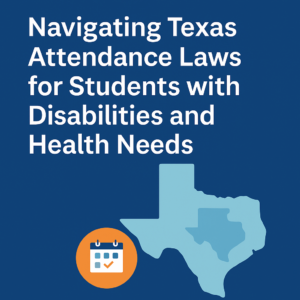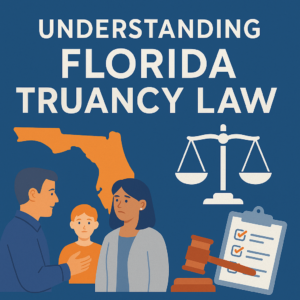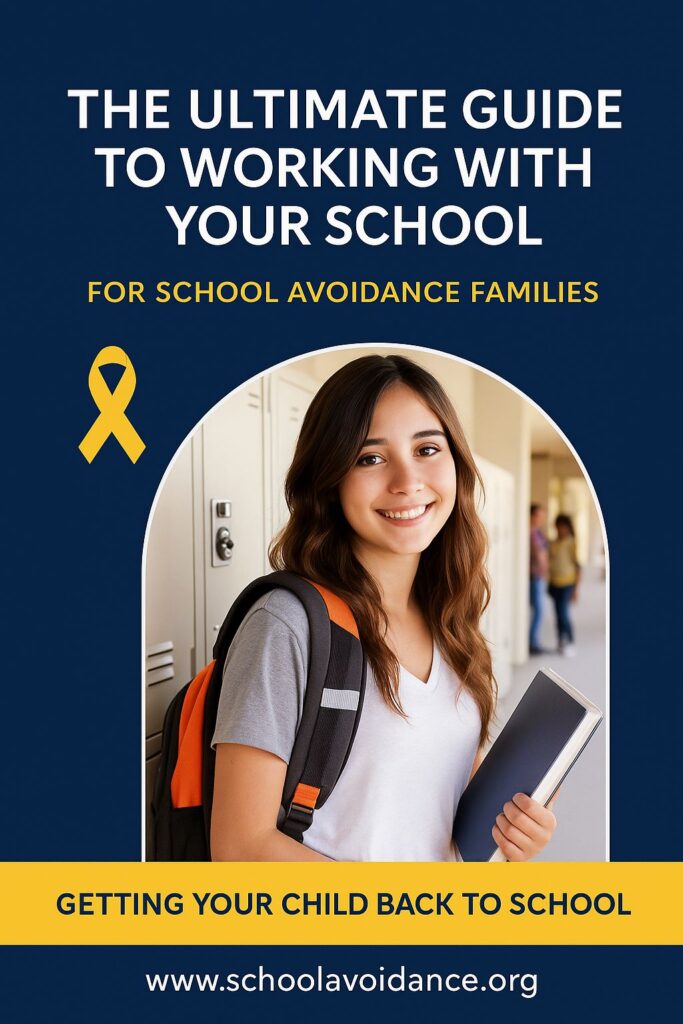The following are some very powerful insights that will help you better understand what a child who has an anxiety disorder, school refusal, or other emotional disorder feels while at school.

The information is from innerworldwork.co.uk., where they share resources to help kids who have trauma pain.
It takes you inside the mind of a child as they process the world around them. After you read this, you will gain a much better understanding of the challenges these kids face.
This is how the guide starts and lays the groundwork for how valuable this resource is:
“When I was younger, wires got connected in the wrong places. I often think and feel like I am under attack, even when I’m very safe. This is when my brain activates survival mode to protect me. Sometimes I won’t even know that I have gone into survival mode, I probably won’t be able to tell you what feels wrong.
It has happened so often for such a long time, that this part of my brain is now incredibly strong and it controls the calm parts of my brain. I find it difficult to turn it off by myself.
But why do you need to know this?
The part of my brain that is activated to help me survive, is different from the part of my brain that is activated when I am calm. I can only learn properly when the calm part of my brain is activated. When I am in a survival state – which is often – it takes over from my calm brain and I cannot learn. If I don’t feel safe, you will find it very hard to teach me.
The problem is, it can be hard to see when I am in a survival state. I look very different from how I feel on the inside and often I can remain in survival mode for so long, that it seems like part of my personality. The truth is I would really appreciate your help to feel safe so I can learn.
I need you to see that I am in a survival state and it’s not a personality trait.
I do want to learn,
I do want to feel ok and
I do want to fit in but I cannot do that in school without support”
And here is just an excerpt from this resource to show you how impactful it is.
“What’s happening in my Inner World
• I need to get out of here, I am in danger
• There is more of them than me, I need to find somewhere safe
•I am ugly
• I am not as important as the rest of the pupils
• I am not worth much if anything at all
• Alone
You can help me feel safe with the following
• Recognize you might not feel the classroom or school is threatening, but I might see things you can’t
• Understand secondary schools can be terrifying places for people like me, they have too many people in and too much stimulation such as noises or movement of pupils
• Don’t focus on me by name, talk to the whole class even if it is me you are directing it at such as asking me to get back to the task
• If my work is not good enough, don’t tell everyone, let me know and give me a time when I can come to speak to you 1:1 without everyone else listening in, this includes pupils and their parents and other members of staff
• Appreciate that if I forget something, it doesn’t automatically mean I didn’t do it or I forgot on purpose, sometimes I come to school already on hyper-alert and it is difficult to focus on anything other than survival”
Download the whole guide here
Visit innerworldwork.co.uk for other resources






